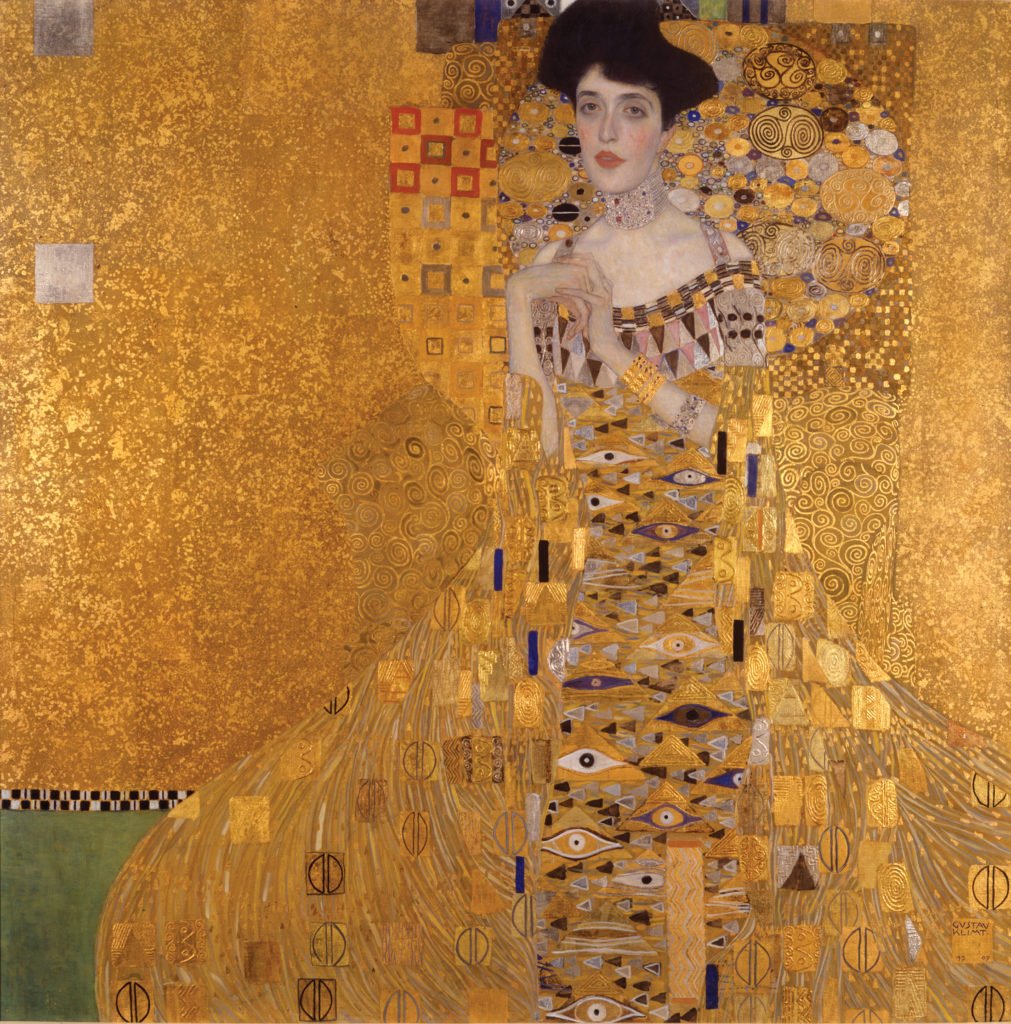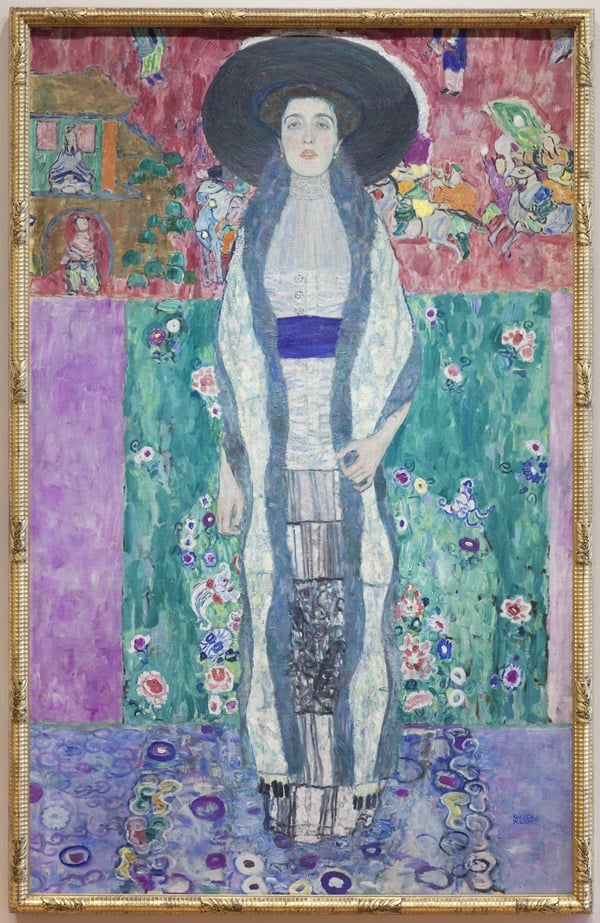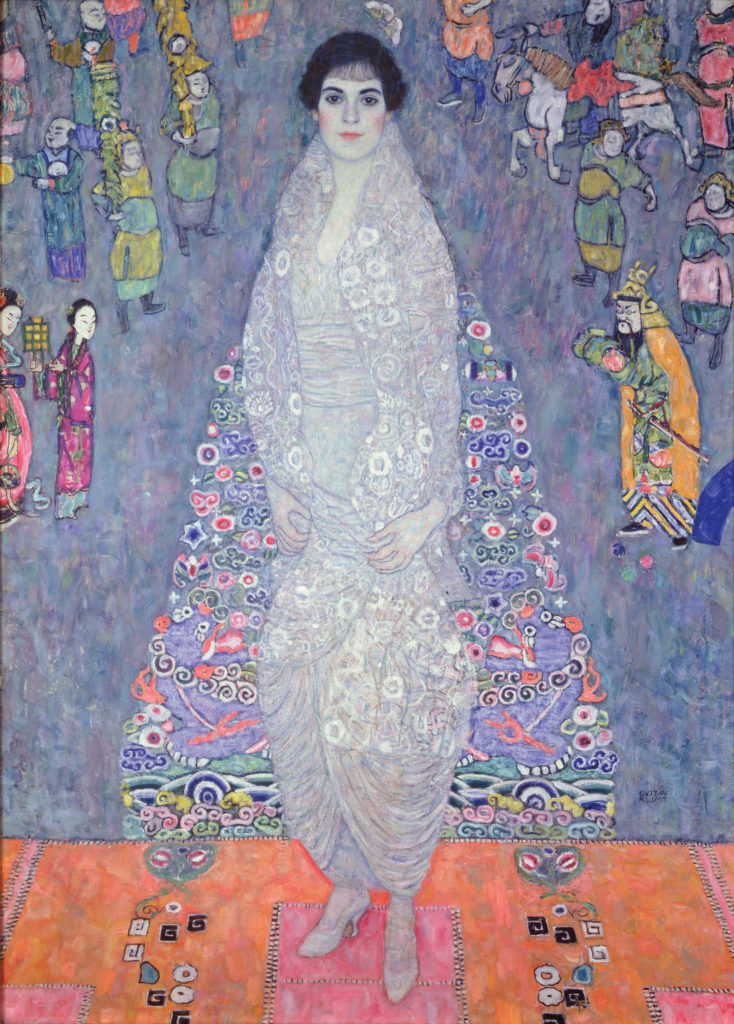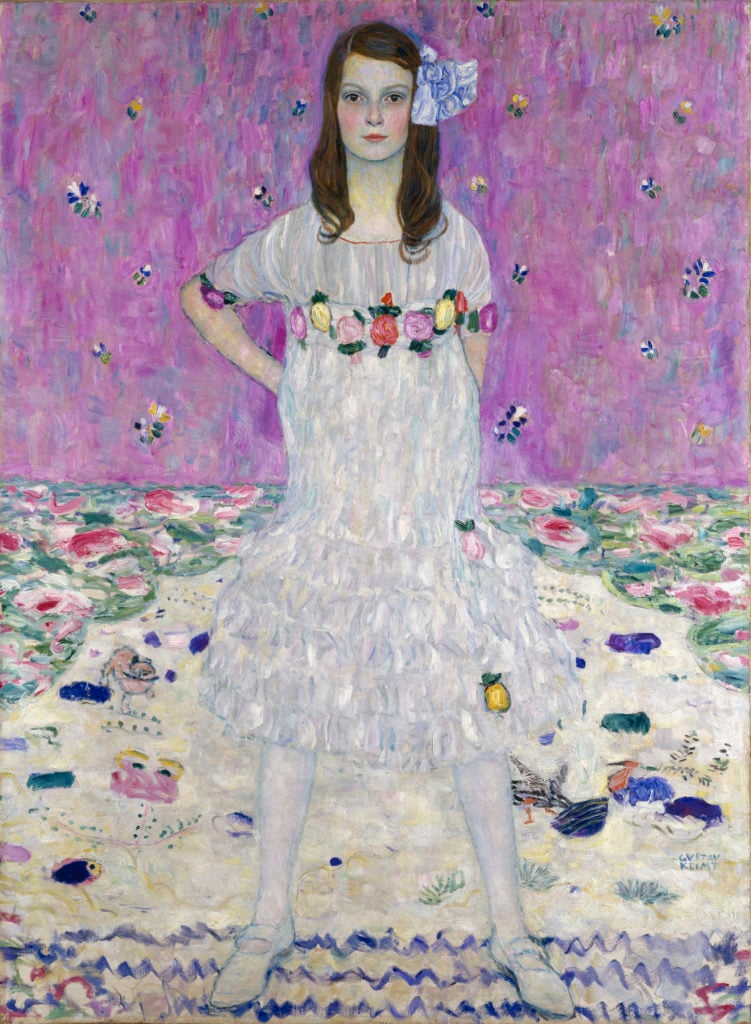Art & Exhibitions
Gustav Klimt’s Adele Bloch-Bauer Paintings to Be Reunited at Neue Galerie
The two canvases haven't been seen together in a decade.

The two canvases haven't been seen together in a decade.

Sarah Cascone

Gustav Klimt‘s two portraits of Adele Bloch-Bauer were part of one of the biggest Nazi-looted art restitution cases in history. Now, the public will get a chance to see the two paintings side-by-side for the first time in a decade at New York’s Neue Galerie, where they will be reunited in “Klimt and the Women of Vienna’s Golden Age, 1900–1918” in September.
The more famous Portrait of Adele Bloch-Bauer (1907), nicknamed Woman in Gold for its dazzling use of lustrous gold embellishments, is a prime example of the artist’s “Golden Style.” It was the subject of the film of the same name starring Helen Mirren as Block-Bauer’s niece Maria Altmann and Ryan Reynolds as her lawyer in her fight to reclaim her aunt’s paintings.

Gustav Klimt, Adele Bloch-Bauer II (1912). Courtesy Jonathan Muzikar.
After eight years, Altmann successfully won her legal battle with the Austrian government, and she and her family were granted ownership of the five Klimts. Bloch-Bauer was the only subject the artist ever painted twice in full length.
Following their victory, the family sold the works, and the Neue Galerie snapped up first Bloch-Bauer canvas at auction for $135 million in 2006, then a record sum. The other four paintings went to private buyers.

Gustav Klimt, Portrait of Elisabeth Lederer (1914–16). Courtesy of the Neue Galerie.
Adele Bloch-Bauer II (1912), a more conventional work in jewel tones, surfaced at New York’s Museum of Modern Art in September 2014, as part of a long-term loan.
In the upcoming exhibition, the two works will be shown alongside 12 paintings, 40 drawings, and 40 works of decorative art, as well as vintage photographs of Klimt. The museum has also commissioned Shanghai-based artist and designer Han Feng to create three one-of-a-kind outfits based on the designs of Viennese fashion designer Emilie Flöge, who was responsible for the clothes worn by many of Klimt’s subjects, including Bloch-Bauer in the iconic “Woman in Gold” painting.

Gustav Klimt, Portrait of Mäda Primavesi (1912). Courtesy of the Neue Galerie and the Metropolitan Museum of Art.
While the two Bloch-Bauer works will be a highlight of the exhibition, she will share the stage with several other ladies who starred in Klimt’s major society portraits, including Gertha Loew (1902) and Mäda Primavesi (1912), as well as Szerena Lederer (1899) and her daughter Elisabeth Lederer (1914–16). Along with the the unfinished Portrait of Ria Munk III (1917), these works will demonstrate the evolution of Klimt’s portrait style throughout his career, showing his range from Symbolism and Pre-Raphaelite-inspired works to Fauvist-style depictions.
“Klimt and the Women of Vienna’s Golden Age, 1900–1918” will be on view at the Neue Galerie, 1048 Fifth Avenue, September 22, 2016–January 16, 2017.